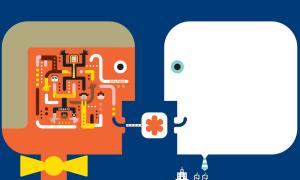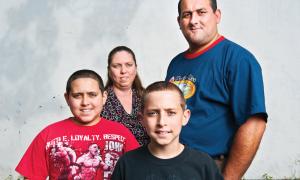article
5,296 Results
article
Colorblindness: the New Racism?
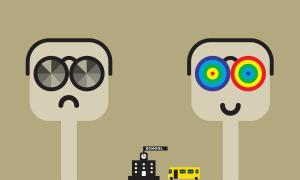
Kawania Wooten’s voice tightens when she describes the struggle she’s having at the school her son attends. When his class created a timeline of civilization, Wooten saw the Greeks, the Romans and the Incas. But nothing was said about Africa, even though the class has several African American students.
author
article
Relevant: Beyond the Basics
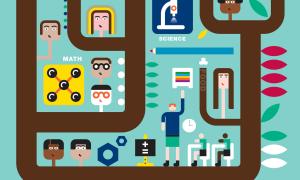
Monica Edwards taught a class of primarily African American and Latino students. Her initial inability to reach them turned into a lesson.
article
Speak Out for Understanding
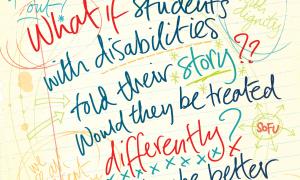
Students with learning disabilities create a documentary film to share their wisdom.
professional development
How to ‘Roar’
Tips for using grassroots organizing to engage your school’s parents.
August 24, 2009
article
article
What Can This Student Teach You About the Classroom?

She was always smarter than the curriculum allowed her to be. Now one Miami student is showing future teachers how to keep students engaged.
article
Our Journey to Kindergarten

For one family, finding a kindergarten classroom meant getting honest about race, class and privilege.
article
Close to Home
Jackie Brown prided herself on teaching her students about disabilities. But could she confront her own feelings about her mother and polio?
